How to Use a Telephoto Lens: 9 Tips & Tricks
Last Updated on
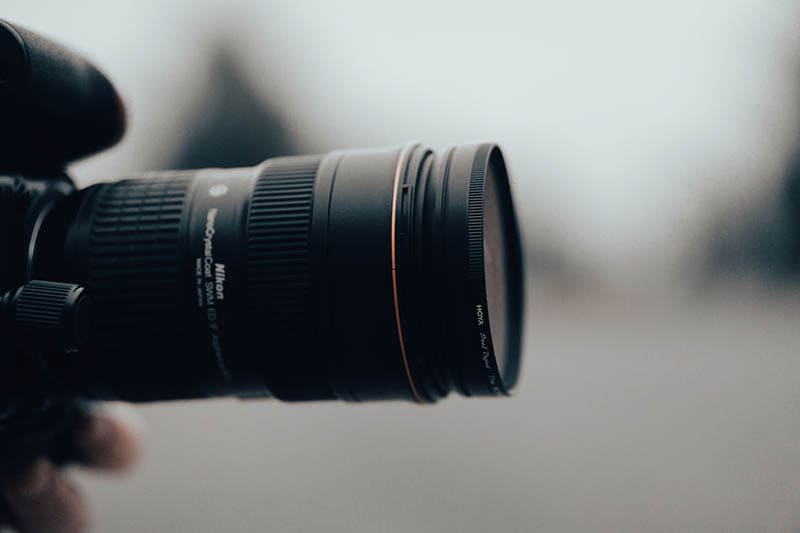
Photographers who work for big publications like National Geographic must be so brave when they’re getting up close and personal to a majestic lion or an elephant on the African savannah, right?
There’s no denying their job isn’t rainbows and butterflies all the time, but a commonly used lens by these photographers is called a telephoto lens. This lens enables them to appear much closer than they actually are. In reality, it’s possible that some of these “close-up” photos we see in magazines were actually taken from several miles away.
In this article, we’ll take a look at nine tips and tricks to making the most of a telephoto lens if you want to take a crack at this type of photography.

Top 9 Tips For Using a Telephoto Lens:
1. Take a Shot at Astrophotography

Like many specialized types of photography, there are special lenses for taking epic photos of space—also known as astrophotography. However, suppose you have a powerful enough telephoto lens. In that case, getting some pretty incredible pictures of the night sky is possible. You don’t need a $30,000 lens to take cool photos of the moon or constellations.
2. Stability is Key
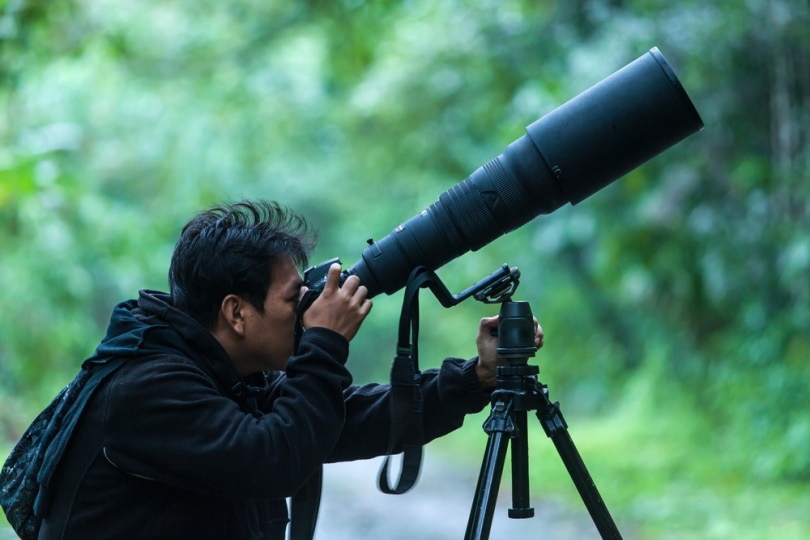
One thing about telephotography is that it’s extremely movement sensitive. The slightest amount of camera shake can be enough to ruin what would have been an incredible shot. One way to minimize the chances of any camera shake is to use a tripod.
When buying a tripod, remember that they are not all made equal. It’s possible to find them for really cheap, but in most cases, you really get what you pay for. If you’re serious about taking some great pictures, you’ll want to do some research and prepare to spend the money for a quality tripod.
3. Macro Photos Without a Macro Lens
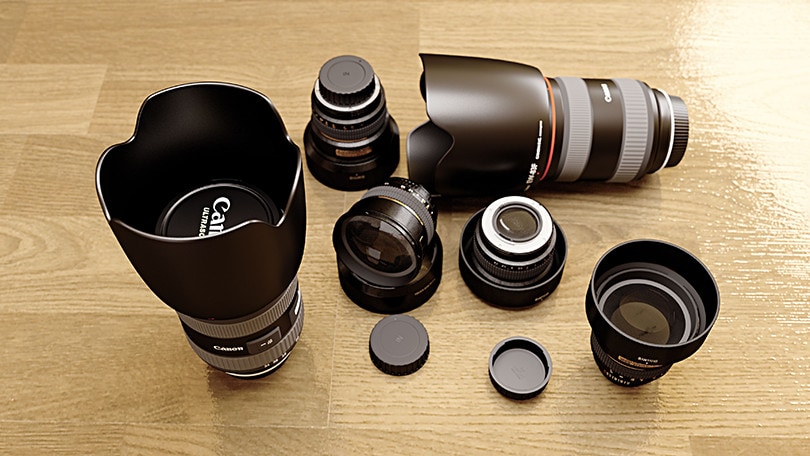
Macro photography is an incredible artform in its own right. To get a true macro shot, you need a special lens. However, many telephoto lenses can give a similar effect in the same style. One of the main benefits of taking macro pictures with a telephoto lens is the amount of zoom you can get without getting down in the dirt with whatever you’re capturing. One issue you may encounter is quality of focus, but there are ways around this with different extension tubes.
4. Narrow Depth of Field Photos
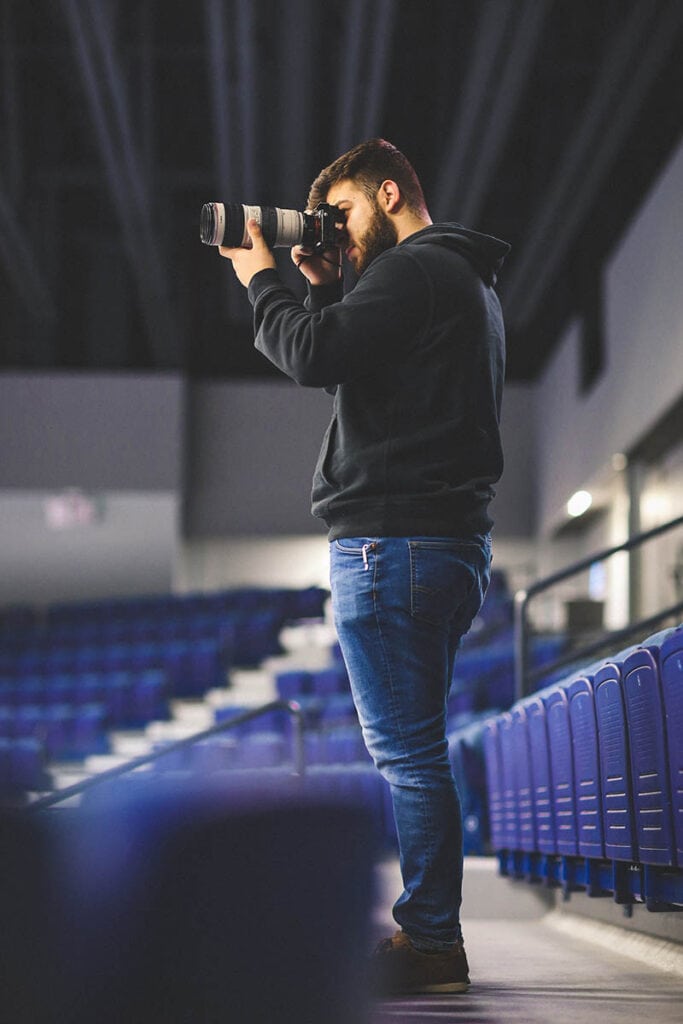
By zooming in with a telephoto lens, you can capture a narrow or shallow depth of field around your subject. This allows you to create an incredible bokeh effect around it. If you’re unfamiliar with the bokeh effect: essentially, this is the area around your subject that is blurry. And the narrow depth of field allows you to create a beautiful and dramatic bokeh effect.
5. Tight Frames Show Off the Subject
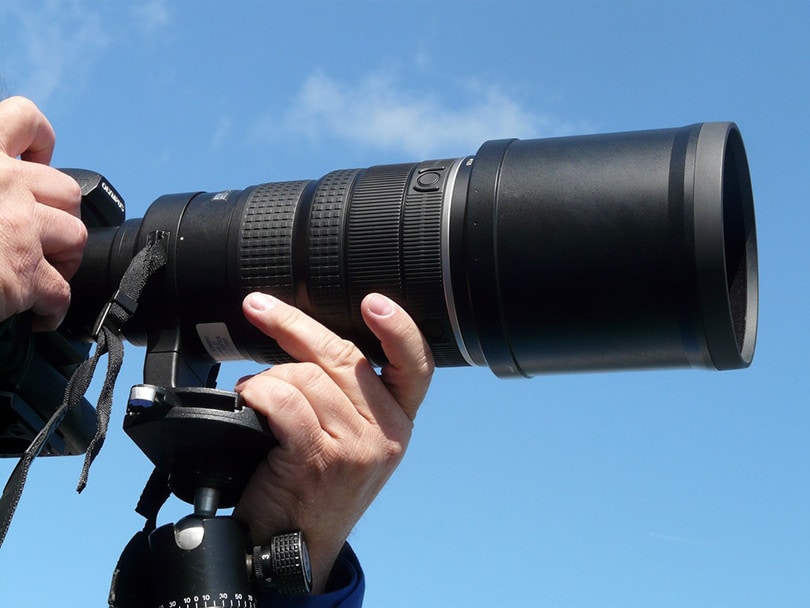
Another tip that’s related to a narrow depth of field is creating a tight frame around whatever you’re trying to capture. Doing so puts all the focus on your subject and allows you to capture details and make them pop without a distracting scene to the side or behind. This becomes easier to do with practice.
6. Create a Sense of Scale

Because a telephoto lens can make faraway objects look much closer, you can create a grand sense of scale to a close-by object. It’s all in how you approach the angle of the shot. For example, by catching a low shot up a tall tree, it puts the tree into perspective with the vastness of the sky above.
7. Single Out What You’re Capturing
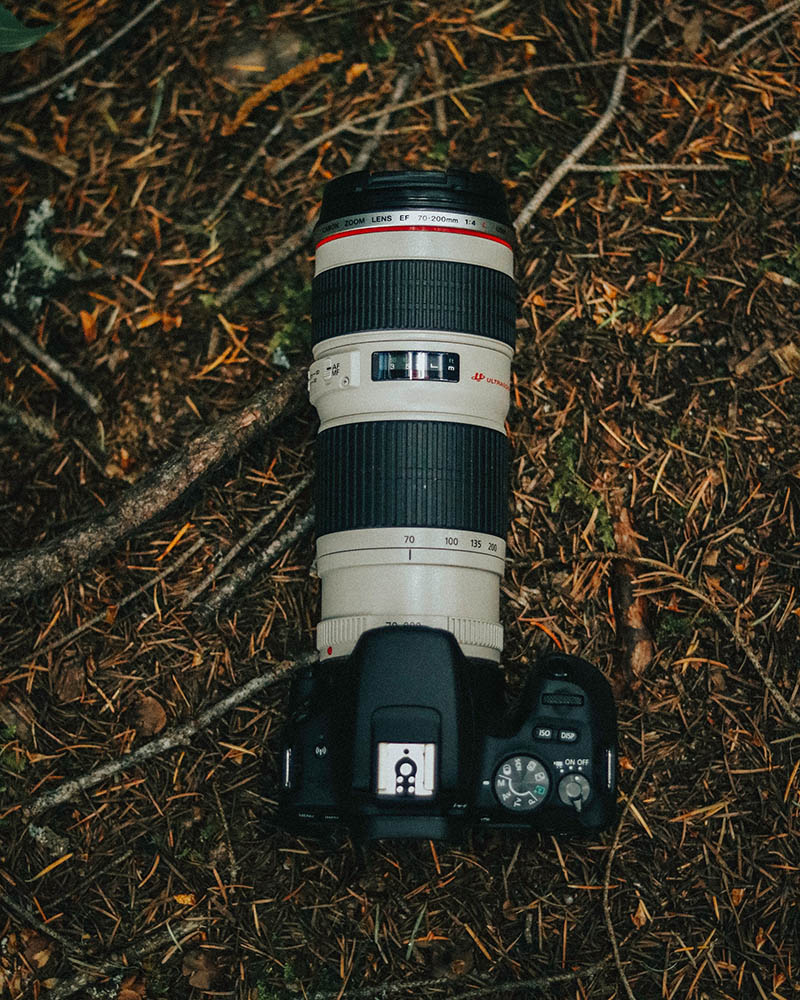
In nature photography, gorgeous, sweeping landscapes are a common shot. With a telephoto lens, you can zoom in and highlight certain aspects of a larger scene. This is especially interesting when you are singling out a particular subject in the shot and taking it out of context.
For example, you could zoom in on a small waterfall on the side of a huge mountain, making it appear much larger than it is within the context of the mountain.
8. Capture Motion

Zooming out with a telephoto lens offers the ability to capture wide-angle shots. This serves two significant purposes. First, it enables you to get grand scenes in one shot. And another benefit of the wide angle is catching action.
A wide angle works really well if you’re trying to take a picture of a moving object. It gives you the ability to get a really cool bokeh effect sometimes.
9. Use a Shutter Release to Improve Your Photos
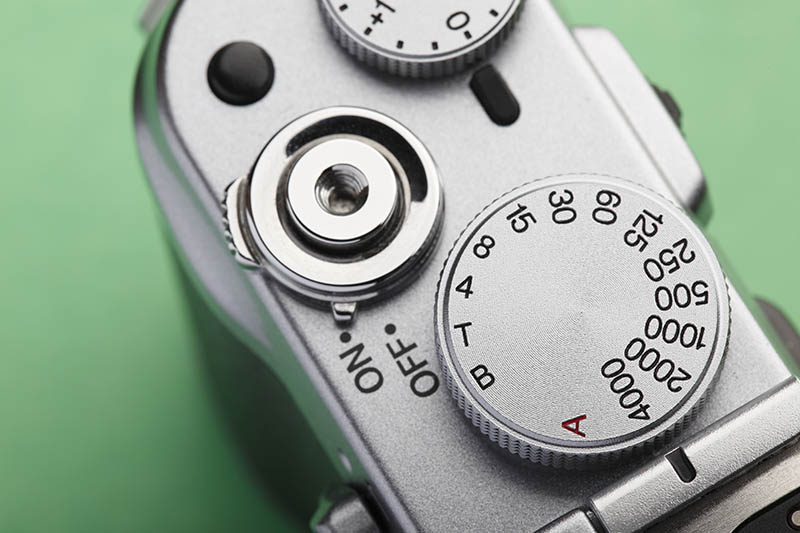
As mentioned with number two and getting a tripod, camera movement is detrimental to pictures with a telephoto lens. Even a gentle press of the shutter button on your camera is sometimes enough to cause the camera to move—even if it’s on a sturdy tripod. A shutter release allows you to snap a shot without ever having to touch your camera.
What Does a Telephoto Lens Do?
Using a telephoto lens gives the photographer the ability to use a focal length that is way shorter than the actual length of the lens. They attach to many common camera brands like Nikon or Cannon, similarly to a wide angle or macro lens.
The main purpose of a telephoto lens is to capture faraway objects and make them appear much closer. In addition, they can serve as an incredible tool for capturing sweeping scenes that give a true visual representation of scale or size.
Similar Lenses to a Telephoto Lens
Two other lenses that do similar jobs to a telephoto lens are a zoom lens and a wide-angle lens. An optical zoom lens simply cycles through various focal lengths but often doesn’t magnify well enough to be considered a telephoto lens.
And a wide-angle lens increases a photo’s horizontal depth, which produces a picture closer to how we view a landscape. However, it often distorts the perspective in the picture. In comparison, a telephoto lens can do similar wide angles but keep objects within the frame from distorting.
•You might also like: How To Get Rid of Starlings: 16 Tips and Tricks

Final Thoughts
Telephoto photography is an incredible way to take pictures that one wouldn’t be able to take under normal circumstances. A prime example is close-up pictures of wild animals. Like anything photography related, there is a bit of a learning curve to using them. But once you figure it out, you’ll be taking pictures you never imagined you could.
Featured Image Credit: Adam Rhodes, Unsplash
About the Author Shea Cummings
Shea Cummings is a passionate content writer who believes that the power of words is immeasurable. He leverages years of experience in various trades such as carpentry, photography, and electrical to bring his articles to life. His goal is to provide his readers with information that delights and informs. When he's not writing you can find him spending time in the outdoors or playing some Minecraft on the Xbox with his wife and two sons.
Related Articles:
How to Collimate Binoculars: 9 Expert Tips
How to Clean a Rifle Scope: 8 Expert Tips
Can You Use Binoculars to Look At Stars? How to Choose the Right Pair
How to Choose Binoculars for Bird Watching: 10 Expert Tips
How to Clean a Refractor Telescope: Step-by-Step Guide
How to Clean a Telescope Eyepiece: Step-by-Step Guide
Monocular vs Telescope: Differences Explained (With Pictures)
What Is a Monocular Used For? 8 Common Functions
